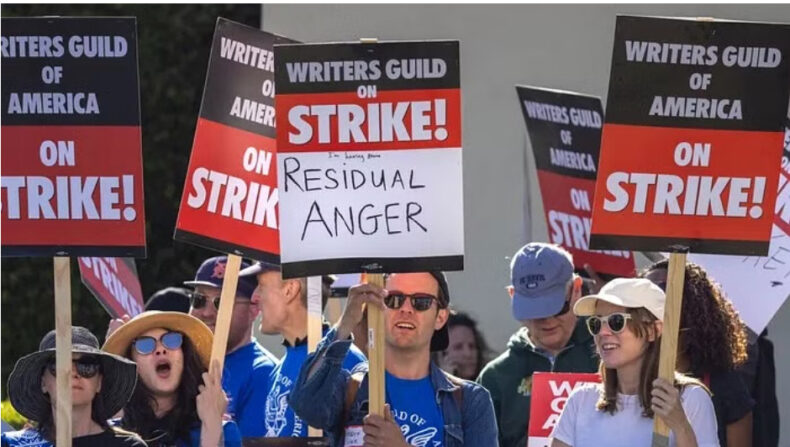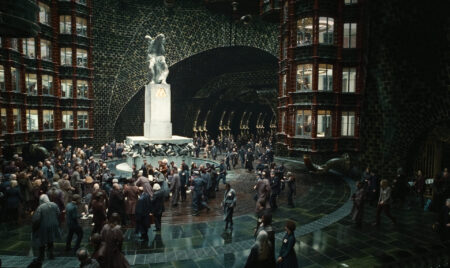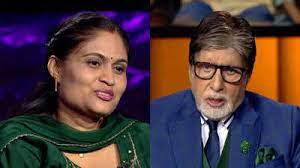Table of Contents
The Struggle Continues
In a historic turn of events, three major unions in Hollywood—the Directors Guild of America (DGA), the Screen Actors Guild (SAG-AFTRA), and the Writers Guild of America (WGA)—are gearing up for a possible joint strike that could bring the entire entertainment industry to a grinding halt. With the expiration of contracts looming, tensions are rising as the unions unite in their demands for fair compensation, protection against the threat of generative AI, and the preservation of their livelihoods.
The catalyst for this intensified standoff came from an unexpected misstep by Warner Bros. Discovery. The studio’s rebranding of its streaming platform as Max and its subsequent listing of credits under a single category labeled “creators” flouted contract regulations. This violation has struck a nerve with the DGA, prompting them to take to the streets in protest, signaling the escalation of the ongoing dispute.
Hollywood Actors Join the Fight
Adding fuel to the fire to the WGA protest, prominent Hollywood figures have rallied behind the writers’ cause. Jennifer Lawrence, Meryl Streep, and other icons of the silver screen have expressed their support for the striking writers. In a letter to the Hollywood actors union, they made it clear that they were prepared to join the strike if negotiators failed to secure a deal that included higher pay and safeguards against the encroachment of artificial intelligence. With 11,500 writers already on strike, television productions have ground to a halt, and the filming of highly anticipated Marvel Studios projects like Thunderbolts and Blade has been delayed indefinitely. The possibility of actors joining the strike raises the stakes even higher, potentially bringing the entire Hollywood industry to a standstill.
Technology: An Opportunity Threat!!
What sets this moment apart from previous labor disputes is the convergence of the three major unions in the entertainment industry. Never before have the writers, directors, and actors simultaneously embarked on strike action. The reason behind this united front lies in the existential threat posed by the studios’ increasing reliance on streaming services and technology. The fear faced by WGA and all the other unions is that if left unchecked, the industry could be swallowed whole by the tech giants, leaving little room for traditional Hollywood artists and craftspeople.
At the heart of the unions’ demands is the issue of residual income. They argue that as streaming platforms gain prominence, the traditional compensation models are no longer adequate to ensure fair pay for their members. Additionally, the emergence of generative AI technology poses a significant concern. The potential for scripts to be written and digital actors to be created without human input threatens the livelihoods of those in the entertainment industry.
Fight for Existence
As the deadline for contract renewal approaches, the fate of Hollywood hangs in the balance. The unions like the WGA are standing firm in their resolve to fight for a future where fair compensation and artistic integrity are preserved. The studios, on the other hand, are grappling with the need to adapt to a changing landscape while addressing the legitimate concerns of their creative workforce.
The outcome of this standoff will shape the trajectory of the entertainment industry for years to come. Will Hollywood find a way to strike a balance between technology and artistic expression, or will the allure of innovation leave traditional craftspeople in the shadows? As negotiations intensify and tensions mount, one thing remains certain—Hollywood’s artists and craftspeople are determined to preserve their industry and protect their livelihoods from the encroachment of the tech industry.













